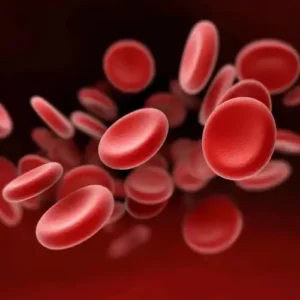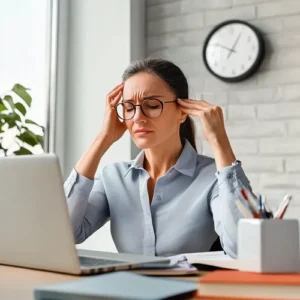What Is A Bunion?
A bunion is a hard bump on your foot. It forms at the base of your big toe. Your big toe starts to lean toward your other toes. Many adults get bunions.
Signs You May See
Look at your foot. Do you see:
- Your big toe points toward other toes
- The base of your big toe is swollen and red
- It hurts when you walk
- The ball of your foot is sore
- Your shoes feel tight
Your bunion may grow over time. This can make it hard to walk. Your shoes may rub and hurt the skin on your bunion.
What Causes Bunions?
Doctors are not sure what causes all bunions. But these things can lead to them:
- Tight shoes
- High heels
- Flat feet
- Family history
- Joint problems
- Being female
- Age
- How you walk
Living With Bunions Day to Day
Many people manage active lives with bunions by making simple changes to their daily routine. A few small adjustments to your morning habits can make a big difference in comfort throughout the day.
Start your morning by giving your feet some attention before putting on shoes. While enjoying your first cup of coffee, try rolling your foot gently over a tennis ball to reduce morning stiffness. This gentle massage helps prepare your feet for the day ahead.
For office workers who sit long hours, regular movement helps prevent stiffness. Simple exercises like toe stretches and ankle rotations under your desk can keep your feet comfortable. Those who stand at work should try to shift position every so often to reduce pressure on the bunion area.
You can still enjoy most types of exercise – just choose activities wisely. Swimming and cycling work well as they put minimal pressure on your feet. Walking remains a good option too, provided you wear shoes with adequate toe room.
A practical tip that many find helpful is keeping a spare pair of comfortable shoes nearby. Whether at work or running errands, having backup footwear allows you to switch if discomfort develops.
Even at home, mind your foot health. Choose slippers that give your toes space to spread naturally, avoiding any tight-fitting footwear that might aggravate your bunions.
How They Get Worse
Bunions start small but can get worse. Think of it like this: At first, you may just see a small bump. It might not hurt much. But as time goes on, the bump gets bigger. You may start to skip things you like, such as walks or dancing. You might walk funny to avoid the pain. This can make your knees, hips, or back hurt too.
Good news! If you get help early, you can stop them from getting worse.
Getting Help
See your GP if your bunion hurts. They may send you to a foot doctor. The doctor will check how you walk. They might take a foot X-ray.
Ways to Help Yourself
Try these tips:
- Get wide shoes with low heels
- Check that you can move your toes
- Skip high heels and pointed shoes
- Use soft pads on the bunion
- Wear toe splints at night
- Get shoe inserts
- Put ice on it for 10 minutes
Other Help
If home care does not work, try:
- Pain pills
- Shots from your doctor
- Surgery if pain is very bad
The NHS will do surgery if:
- Your pain is very bad
- You cannot do daily tasks
- Other help has not worked
- It affects your other toes
Stop Bunions Before They Start
You can:
- Wear good shoes that fit
- Keep heels under 4cm
- Make sure toes can move
- Use inserts if told to
Note: If you have diabetes or poor blood flow, ask your doctor before trying any foot care.
Bunions will not go away on their own. But you can stop the pain and keep them from getting worse. Get help early and wear good shoes.
Talk to your doctor about what’s best for you.
Photo by Anthony Cunningham for Zoom Health UK
Zoom Health is a leading UK supplier of Home Health Tests and Earplugs





